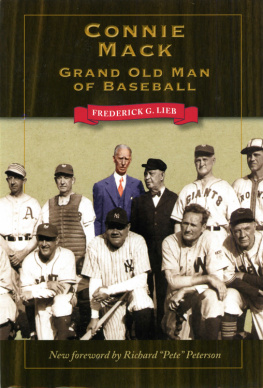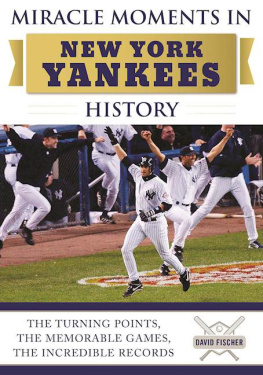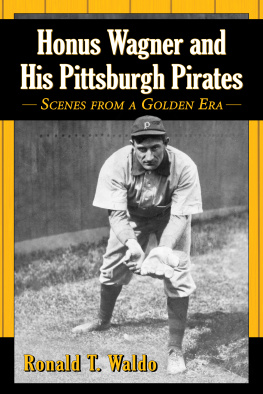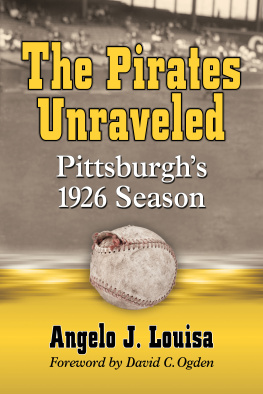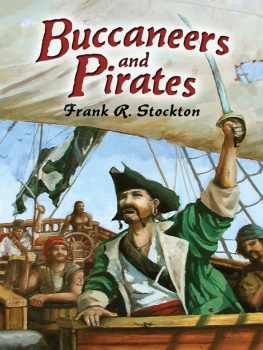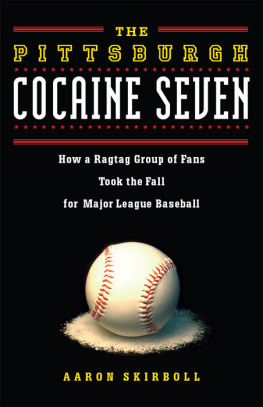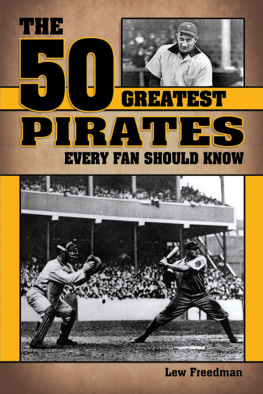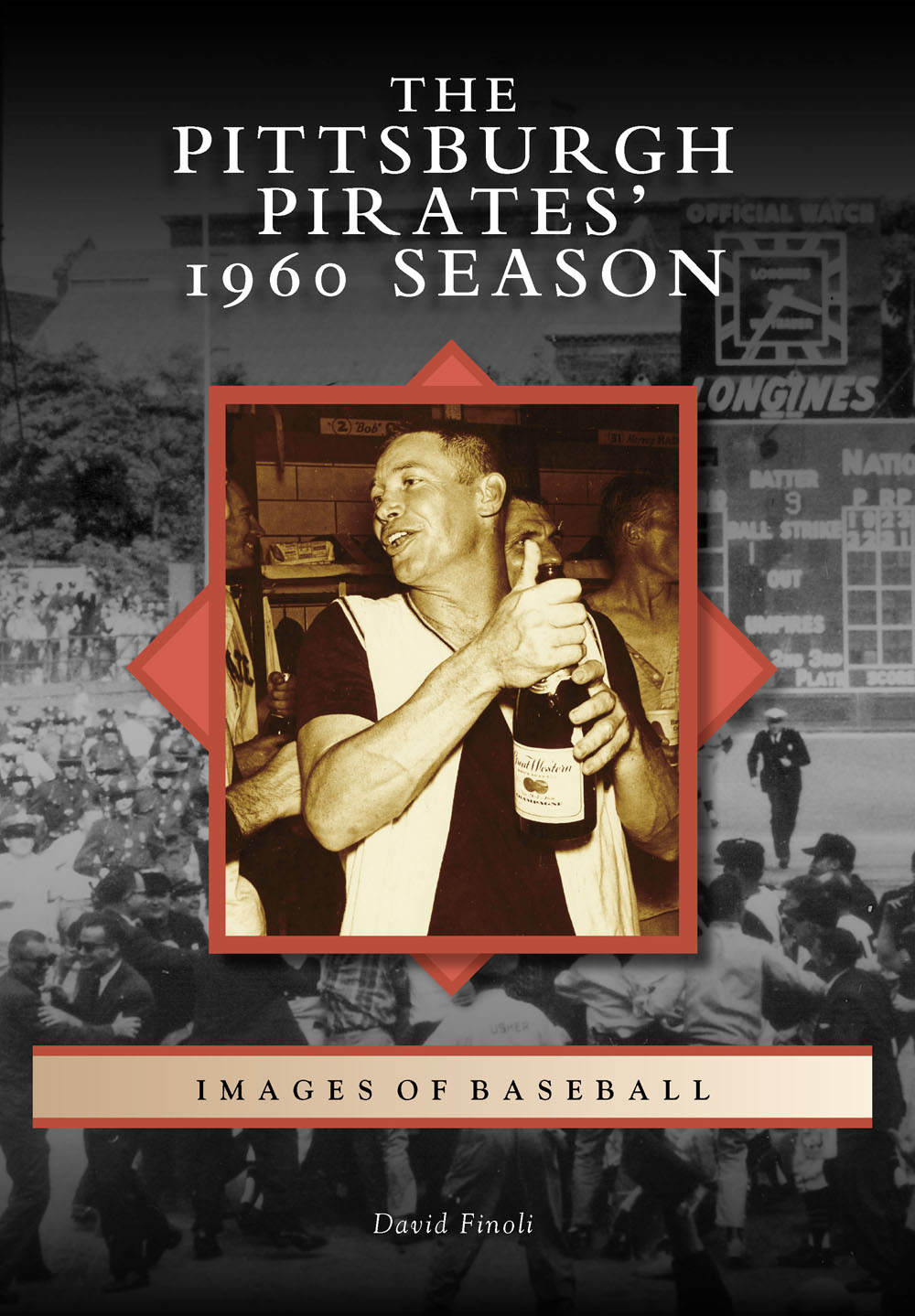
THE
PITTSBURGH
PIRATES
1960 SEASON

Among these players are two of the most important offensive forces in the Pirates lineup during the 1960 campaign, shortstop Dick Groat (second from right) and right fielder Roberto Clemente (far right). For Groat, it was a marquee season, as he led the league in hitting with a .325 mark. Clemente hit .314 with a team high 94 RBIs. Despite the fact that Groat missed almost the entire last month of the season, he still captured the MVP award. Clemente finished a distant eighth. (Courtesy of the Pittsburgh Pirates.)
FRONT COVER: Pictured in the insert is third baseman Don Hoak, popping open a bottle of champagne to celebrate the Pittsburgh Pirates third World Series championship. A former Marine, Hoak began his professional sports career as a boxer before switching to baseball after seven consecutive losses. His second career choice proved the correct one, as he hit .265 in 11 major-league seasons. (Courtesy of the Pittsburgh Pirates.)
COVER BACKGROUND: After winning the 1960 World Series on Bill Mazeroskis ninth-inning, game-seven home run, jubilant Pirates fans pour onto the field, setting off one of the wildest celebrations in the citys history. It was a moment of unrestrained joy. A decade of frustration was erased with this world championship. (Courtesy of the Pittsburgh Pirates.)
BACK COVER: It was a once-in-a-lifetime moment for second baseman Bill Mazeroski and the rabid fans of the Pittsburgh Pirates when he became the only player in baseball history to end a World Series game seven with a walk-off home run. Seen here rounding third base surrounded by excited fans, Mazeroski went on to become one of the greatest defensive second basemen in the history of the game. He was elected to the National Baseball Hall of Fame in 2001. (Courtesy of the Pittsburgh Pirates.)
THE
PITTSBURGH
PIRATES
1960 SEASON

David Finoli

Copyright 2015 by David Finoli
ISBN 978-1-4671-2348-8
Ebook ISBN 9781439650721
Published by Arcadia Publishing
Charleston, South Carolina
Library of Congress Control Number: 2014954880
For all general information, please contact Arcadia Publishing:
Telephone 843-853-2070
Fax 843-853-0044
E-mail
For customer service and orders:
Toll-Free 1-888-313-2665
Visit us on the Internet at www.arcadiapublishing.com
To my mother-in-law, Vivian Pansino, who spent the greatest summer of her life in 1960 rooting on her favorite team, the Pittsburgh Pirates.
CONTENTS
ACKNOWLEDGMENTS
Perhaps the most frustrating thing in a lifetime of following sports is the fact that I never had the chance to experience the once-in-a-lifetime occurrence that was the 1960 Pittsburgh Pirates. While I was not there myself, I have been honored to hear the stories and details from some of the knowledgeable members of my family, such as my father, Domenic, and my mother-in-law, Vivian Pansino, who have told me several thrilling stories through the years. These have always piqued my interest in this incredible story.
For this book, as with any venture, the support of family is essential, and, as always, mine provides more than I could ever have hoped for. I would like to thank the following: my wife of 30 years, Vivian; my wonderful children, Cara, Matthew, and Tony; my dad; brother Jamie; sister Mary; nieces Marissa and Brianna; my aunts Betty, Maryanne, and Louise; the memories of my mother, Eleanor; my aunts Norma, Libby, Jeannie, and Evie; my uncles Vince and Ed; cousins Fran, Luci, Flo, Ginny Lynn, Eddie, Pam, Debbie, Tom A., Amanda, Claudia, Rich, Diane, Vinnie, Tom D., Gary, Amy, and Linda; and, last but not least, Beth; as well as all of their children.
This is my 17th book and, as always, I have one of the greatest roundtables of Pirates fans to bounce ideas off of. Bill Ranier, Chris Fletcher, Ray Stefanacci, Pat Didiano, Dan Russell, Matt OBrotka, Rich Boyer, and Bob OBrien are some of the greatest Pirates historians and fans of our generation. Jim Tridinch and the Pirates organization also deserve a huge thank-you for the generous use of photographs for this book as well as the support of my projects that they have always given me.
Finally, of all the projects I have been involved with, there are few better partners than Arcadia Publishing. A thank-you goes to the entire staff, especially Abby Walker, who was invaluable, as always, in making this idea become a reality.
Unless otherwise noted, all photographs are courtesy of the Pittsburgh Pirates.
INTRODUCTION
A sports fan is lucky if, once in their life, they experience a season when the club they root for defies all expectations, fighting through the odds to not only succeed, but win a world championship. As the 1960s began, sports fans in the Steel City had just come out of a decade that, except for a few winning moments, was filled with one debacle after another. Enter the 1960 Pittsburgh Pirates, which wiped away all those years of disappointment.
In 1945, a group headed by John Galbreath purchased the Pirates from the longtime owners, the Dreyfuss family. Galbreath tried, two years later, to make the Bucs instant contenders by throwing money at the Tigers and their slugger, Hank Greenberg, acquiring him and making him the first $100,000 player in major-league history. It was a move not much different than that used by the modern-day Yankees and Dodgers, except that it failed to give Pittsburgh the success Galbreath envisioned. Instead of competing for pennants, the Pirates entered one of the worst eras in the history of the franchise.
Rather than continuing its pursuit of high-price talent, the Pittsburgh ownership group tapped another legend, Branch Rickey, to build the franchise from the ground up. Rickey had built championship franchises in St. Louis and Brooklyn, but the 68-year-old general manager did not get along with Dodgers owner Walter OMalley and was forced out. Galbreath quickly signed the future hall-of-fame GM in hopes he could be as successful in Pittsburgh as he had been in his previous two positions.
Rickey did not have the immediate success he had hoped for, and he had not been able to lead the Bucs out of the second division when he left the team in 1955. In fact, his most notable achievement during his Pittsburgh tenure was getting rid of the teams lone superstar, Ralph Kiner, in 1953. What Rickey did, though, was give the club an infusion of young talent that included pivotal members of the 1960 team. New arrivals included Dick Groat, Roy Face, Dick Stuart, Bill Mazeroski, and the biggest icon the Steel City has ever known, Roberto Clemente.
Groat had been a superstar basketball player as well as a baseball player at Duke University. He was named UPIs Player of the Year in basketball and was an All-American in both sports. Groat had the honor of being the first Blue Devil to have his number retired, and he looked like he would have success in the NBA, averaging 11.9 points per game as a rookie first-round draft pick of the Fort Wayne Pistons. Rickey won a bidding war for Groat, a Wilkinsburg native, and convinced him to sign with his hometown baseball team.
Second baseman Bill Mazeroski, a 17-year-old prospect out of Wheeling, West Virginia, was inked in 1954 and quickly went through the Pirates system, making his debut in 1956. Face was picked up from Brooklyn via the Rule 5 draft in 1952, and Stuart was a 1951 selection in the amateur free agent draft. As successful as Groat, Face, Stuart, and Mazeroski turned out to be, Clemente was Rickeys most notable gift to the Pittsburgh sports landscape. The budding superstar from Carolina, Puerto Rico, was inked to a deal with the Dodgers, including a $10,000 bonus. The amount was significant at the time. Since the bonus exceeded $4,000, Brooklyn had to either keep Clemente on the major-league roster or expose him to a draft. The Dodgers chose to send Clemente to their farm club in Montreal, hoping to hide him there. Bucs scout Clyde Sukeforth was not fooled and drafted him for Pittsburgh, where he made his major-league debut in 1955.
Next page


